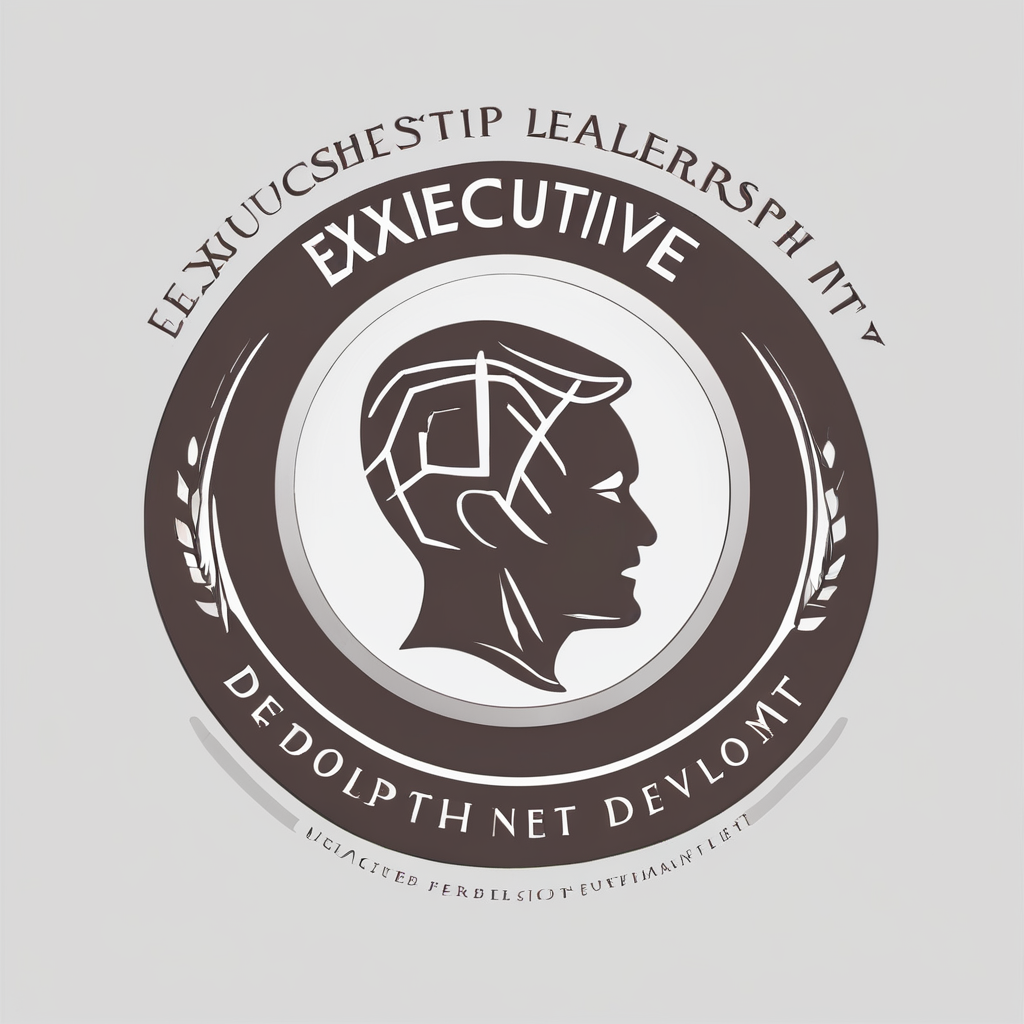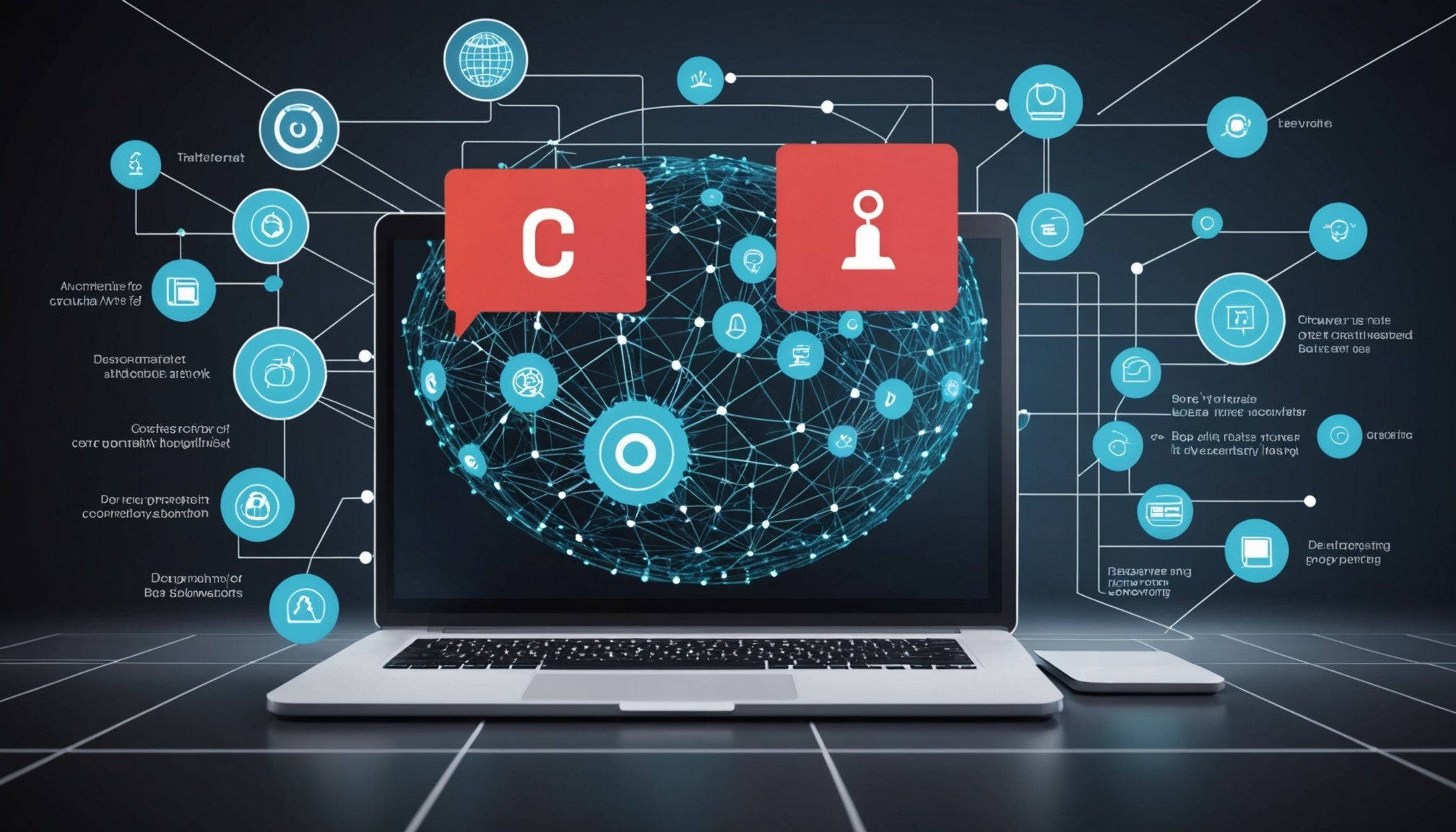Top Strategies for Effectively Adopting a Cybersecurity Framework in UK Tech Firms
In the ever-evolving landscape of cyber threats, adopting a robust cybersecurity framework is no longer a luxury but a necessity for UK tech firms. Here’s a comprehensive guide on how to effectively implement a cybersecurity framework, ensuring your organization remains secure and resilient in the face of escalating cyber risks.
Understanding the Need for a Cybersecurity Framework
Before diving into the strategies, it’s crucial to understand why a cybersecurity framework is essential. Cyber threats are becoming increasingly sophisticated, and the consequences of a breach can be catastrophic. For instance, the UKsec Cyber Summit reported that 50% of all UK businesses identified a cyberattack or breach in the past year, with the average cost of a cyberattack being around £3,230.
This might interest you : Essential Factors for Successfully Deploying a Cloud ERP System in a Birmingham Manufacturing Enterprise
A cybersecurity framework provides a structured approach to managing cyber risks, ensuring compliance with regulatory standards, and enhancing overall security resilience.
Choosing the Right Cybersecurity Framework
Selecting the appropriate cybersecurity framework is pivotal. Here are some key factors to consider:
In the same genre : Top Strategies for Effectively Leading a Remote Sales Team in UK E-commerce
Industry Requirements
If you’re in a regulated industry such as healthcare, finance, or retail, you may need to comply with specific security frameworks like HIPAA, PCI DSS, or ISO/IEC 27001. For example, PCI DSS is mandatory for any organization handling payment card information.
Organization Size
Larger organizations might benefit from comprehensive frameworks like the NIST Cybersecurity Framework (CSF) or ISO, while smaller businesses might find simpler options like CIS Controls more suitable.
Risk Profile
If you manage highly sensitive data, adopting frameworks with strong risk management practices, such as HITRUST or ISO, is essential. Here’s a brief overview of some popular frameworks:
| Framework | Description | Best For |
|---|---|---|
| NIST CSF | Breaks cybersecurity into five functions: Identify, Protect, Detect, Respond, Recover. Offers Implementation Tiers and Profiles for customization. | Organizations of all sizes and industries. |
| ISO/IEC 27001 | Focuses on information security management systems. | Organizations needing international recognition and compliance. |
| CIS Controls | Provides a set of 18 controls to help organizations improve their cybersecurity. | Smaller businesses or those needing a more straightforward approach. |
| HITRUST | Specifically designed for the healthcare industry to manage sensitive data. | Healthcare organizations handling sensitive patient data. |
Implementing the Cybersecurity Framework
Implementing a cybersecurity framework is a methodical process that requires careful planning and execution.
Start Small and Phase Your Rollout
Trying to overhaul your entire security system at once is impractical. Start with the most critical areas and build out from there. For example, if you handle sensitive customer data, securing this data should be your first priority.
- Identify the most vulnerable areas of your business.
- Prioritize high-risk areas such as payment systems or customer data.
- Implement the framework in phases to avoid disruption to daily operations.
Prioritize High-Risk Areas
Focus on the parts of your business that are most vulnerable to cyber threats. Here’s how you can prioritize:
- Conduct a risk assessment to identify critical assets and potential vulnerabilities.
- Secure sensitive data and systems first.
- Implement robust access controls and authentication mechanisms.
- Regularly update and patch software to prevent exploitation of known vulnerabilities.
Document Everything
Documentation is crucial for maintaining compliance and ensuring that your security controls are functioning as intended.
- Document all policies, procedures, configurations, and changes made to the security controls.
- Keep detailed records of audits and compliance checks.
- Update documentation regularly to reflect changes in security controls or processes.
Best Practices for Effective Implementation
Here are some best practices to ensure a smooth and successful implementation of your cybersecurity framework:
Engage Professional Security Specialists
Seeking assistance from professional security specialists can be invaluable. They can help you select the right frameworks, provide guidance on achieving compliance, and offer services such as SOC 2 consulting and readiness services.
Foster a Culture of Cybersecurity
Cybersecurity is not just the responsibility of the IT department; it should be a culture within the organization.
- Educate employees on cybersecurity best practices and the importance of their role in maintaining security.
- Conduct regular training sessions and awareness programs.
- Encourage a culture of reporting suspicious activities without fear of reprisal.
Stay Updated with Regulatory Changes
Regulatory requirements are constantly evolving. Staying informed about changes such as the NIS2 Directive and DORA is crucial for maintaining compliance and cyber resilience.
Leveraging Technology and Innovation
Technology plays a vital role in enhancing cybersecurity. Here are some ways to leverage it effectively:
Utilize Advanced Security Tools
Invest in advanced security tools such as intrusion detection systems, firewalls, and encryption technologies to strengthen your security posture.
Adopt Cloud Security Solutions
Cloud security solutions can provide scalable and robust security measures. Ensure that your cloud service provider complies with relevant security standards such as ISO/IEC 27001.
Implement Artificial Intelligence and Machine Learning
AI and ML can help in detecting and responding to cyber threats more effectively. These technologies can analyze vast amounts of data to identify patterns and anomalies that may indicate a cyber attack.
Building Cyber Resilience
Cyber resilience is about ensuring that your organization can withstand and recover from cyber attacks. Here are some strategies to build cyber resilience:
Develop Incident Response Plans
Have a well-defined incident response plan in place. This plan should include procedures for detecting, responding to, and recovering from cyber incidents.
- Identify key stakeholders and their roles in the incident response process.
- Conduct regular drills and simulations to test the effectiveness of the plan.
- Review and update the plan regularly to reflect changes in the threat landscape.
Enhance Collaboration with Law Enforcement and Industry Peers
Collaboration with law enforcement and industry peers can provide valuable insights and support in managing cyber risks.
- Participate in industry forums and conferences to share best practices and learn from others.
- Engage with law enforcement agencies to report cyber incidents and seek assistance.
- Join cybersecurity groups and associations to stay updated on the latest threats and mitigation strategies.
Case Studies and Real-World Examples
Here are a few examples of how organizations have effectively adopted cybersecurity frameworks:
NIST CSF Implementation
A mid-sized tech firm in the UK adopted the NIST CSF to enhance its cybersecurity posture. They started by identifying their current security posture using the Implementation Tiers provided by NIST. They then customized the framework using Profiles to fit their specific needs. This approach helped them in managing supply chain risks and improving their overall cybersecurity governance.
ISO/IEC 27001 Compliance
A large financial institution in the UK achieved ISO/IEC 27001 certification by implementing a robust information security management system. This involved conducting a thorough risk assessment, implementing security controls, and maintaining detailed documentation. The certification not only enhanced their security posture but also improved their reputation and trust among customers.
Adopting a cybersecurity framework is a critical step in protecting your organization from the ever-evolving cyber threats. By choosing the right framework, implementing it methodically, and leveraging technology and innovation, you can significantly enhance your cybersecurity posture.
As Kudsia Kaker, managing director of QG Media, aptly put it, “In today’s fast-paced digital landscape, cybersecurity is not just about defense; it’s a driver for business resilience and innovation through proactive risk management”.
By following the strategies outlined above and staying committed to best practices, UK tech firms can navigate the complexities of the cyber landscape and build a more secure digital future.
Additional Resources
For further guidance, here are some additional resources:
- NIST Cybersecurity Framework: A comprehensive guide provided by the U.S. National Institute of Standards and Technology.
- techUK Cyber Security Programme: Offers insights and resources on cybersecurity innovation and resilience in the UK.
- UKsec Cyber Summit: A premier event for cybersecurity professionals to explore cutting-edge insights and strategies for strengthening businesses against cyber threats.
By leveraging these resources and adopting a proactive cybersecurity strategy, you can ensure your organization remains secure, resilient, and ready to face the challenges of the digital age.











